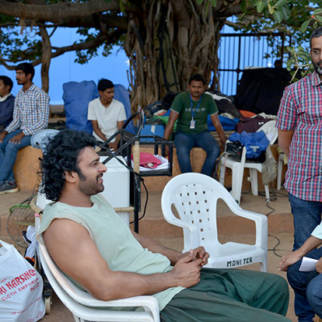Investigating the VFX of Shootout At Wadala
-
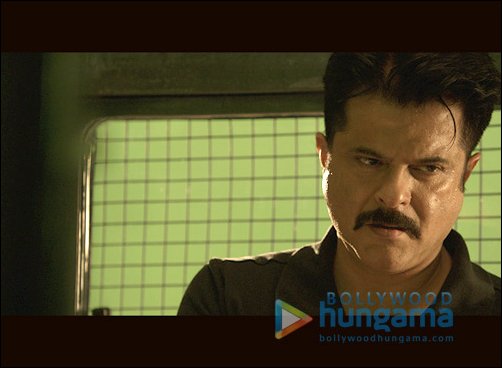 The main brief of the visual effects in the film was to set a look from a bygone era. Talking about recreating the 1980’s look, Vinay says, “Considering that the narrative was set in the 80s, Read More">it was crucial that all modern-day elements were removed from the live action plates. We eliminated many present dayRead More
The main brief of the visual effects in the film was to set a look from a bygone era. Talking about recreating the 1980’s look, Vinay says, “Considering that the narrative was set in the 80s, Read More">it was crucial that all modern-day elements were removed from the live action plates. We eliminated many present dayRead MoreThe main brief of the visual effects in the film was to set a look from a bygone era. Talking about recreating the 1980's look, Vinay says, "Considering that the narrative was set in the 80s, it was crucial that all modern-day elements were removed from the live action plates. We eliminated many present day elements, plus enhanced the look by recreating several buildings with matte paintings and set extensions. The High-Speed stylized scenes Sanjay Gupta envisioned were brought to life by applying various intricacies in visual effects process. FutureWorks worked closely with Bunty Nagi, the editor of the film. Bunty made rough cuts as reference points, which give us an idea of how he wanted to punch in and out of the action. We took that as a guide and polished it and made it seamless."

-
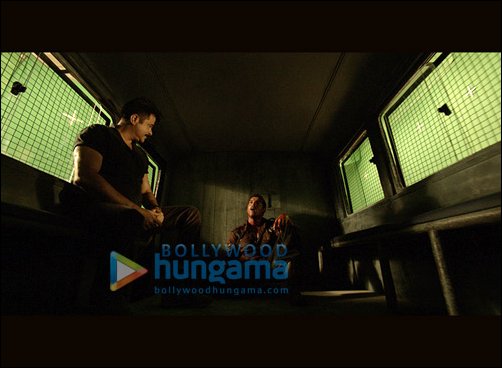 “The interior van sequences in which John narrates his story to Anil, Read More">was actually shot in a static van on a chroma stage. This was one of the most daunting sequences in the film as we had moving cameras in the van fight scenes and did not employ a motion control rig. We went aroundRead More
“The interior van sequences in which John narrates his story to Anil, Read More">was actually shot in a static van on a chroma stage. This was one of the most daunting sequences in the film as we had moving cameras in the van fight scenes and did not employ a motion control rig. We went aroundRead More"The interior van sequences in which John narrates his story to Anil, was actually shot in a static van on a chroma stage. This was one of the most daunting sequences in the film as we had moving cameras in the van fight scenes and did not employ a motion control rig. We went around Wadala and spent days to find a perfect blend of houses amongst trees. Sanjay was quite pleased with the outcome, the composited exterior plates blended perfectly balancing the interiors of the van and no one could tell the difference. "Our Open EXR and 16Bit Digital Intermediate pipeline was very handy in ensuring the color flow for Visual Effects. This ensured that the colour correction decisions made during Digital Intermediate process and the Visual Effects composites blend seamlessly."

-
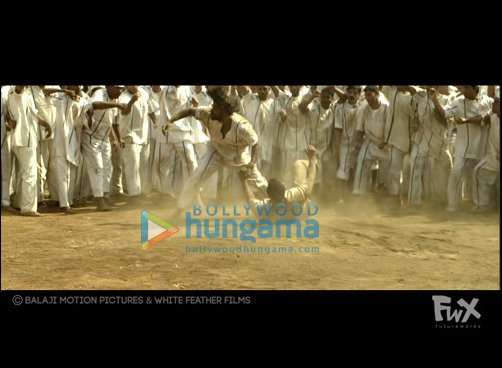 The same process was also applied for the Jail Fight sequence. The crowds watching the fight were shot as separate plates, but had to be integrated into a single shot. We used an extended plate and masked the characters in the front, placing them according to the other camera shots. Thereafter, Read More">multiple layers were mergedRead More
The same process was also applied for the Jail Fight sequence. The crowds watching the fight were shot as separate plates, but had to be integrated into a single shot. We used an extended plate and masked the characters in the front, placing them according to the other camera shots. Thereafter, Read More">multiple layers were mergedRead MoreThe same process was also applied for the Jail Fight sequence. The crowds watching the fight were shot as separate plates, but had to be integrated into a single shot. We used an extended plate and masked the characters in the front, placing them according to the other camera shots. Thereafter, multiple layers were merged to render out the desired effect visible on screen. Talking about the VFX involved, Vinay says, "The audience didn't realize the final shots were created from as many as 8 different shooting plates. The scene also has an effect of punching in and out of the action. You're traveling with the action and then you'll just punch in tight on it at the right time." Click on the video and checkout the VFX breakdown of the Jail Fight scene.
-
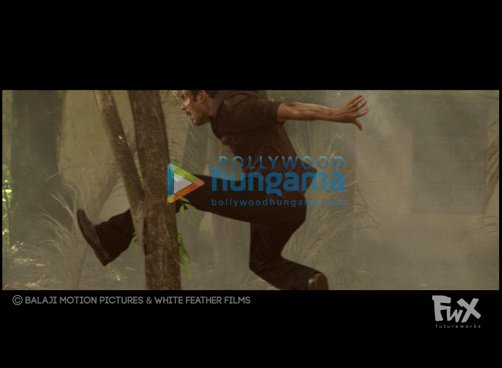 “The climax sequence, where-in the lead actor John Abraham makes a dash through the woods, is a good example of this. The task was complicated as it was shot with multiple cameras; the perspective, backgrounds, Read More">compositions and lenses all differed from one camera to another. One of the biggest VFX challenges was to achieve aRead More
“The climax sequence, where-in the lead actor John Abraham makes a dash through the woods, is a good example of this. The task was complicated as it was shot with multiple cameras; the perspective, backgrounds, Read More">compositions and lenses all differed from one camera to another. One of the biggest VFX challenges was to achieve aRead More"The climax sequence, where-in the lead actor John Abraham makes a dash through the woods, is a good example of this. The task was complicated as it was shot with multiple cameras; the perspective, backgrounds, compositions and lenses all differed from one camera to another. One of the biggest VFX challenges was to achieve a single shot with seamless camera motion and a single background. The artists at FutureWorks used a matte painting to create a single background, added CG dust, bullets, cloth simulation and debris and applied an advanced Nuke compositing processes like ramping, morphing and super slow-motion to create the final shot." Click on the video and checkout the VFX breakdown of the Climax scene.
-
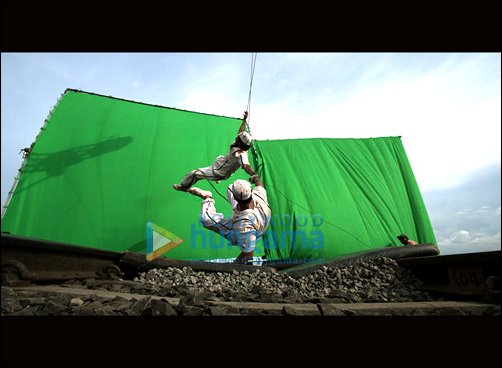 The latest mobster flick, which narrates the tale of slain gangster Manya Surve’s reign of terror in Mumbai during the 80s, is doing very well at the Box Office. Directed by Sanjay Gupta, Read More">the film is an adaptation of S. Hussain Zaidi’s book ‘Dongri to Dubai’. Sanjay had envisioned a stylized look for the filmRead More
The latest mobster flick, which narrates the tale of slain gangster Manya Surve’s reign of terror in Mumbai during the 80s, is doing very well at the Box Office. Directed by Sanjay Gupta, Read More">the film is an adaptation of S. Hussain Zaidi’s book ‘Dongri to Dubai’. Sanjay had envisioned a stylized look for the filmRead MoreThe latest mobster flick, which narrates the tale of slain gangster Manya Surve's reign of terror in Mumbai during the 80s, is doing very well at the Box Office. Directed by Sanjay Gupta, the film is an adaptation of S. Hussain Zaidi's book 'Dongri to Dubai'. Sanjay had envisioned a stylized look for the film that was achieved through visual effects by Mumbai based FutureWorks. Four hundred and fifty shots were augmented digitally through VFX. Vinay Singh Chuphal along with Abhishek De, the VFX supervisors of the film, manned a force of 45 artists to accomplish the task in a mere 25 days. Talking about the VFX executed, Sanjay says, "FutureWorks allowed me to extract the best of VFX and DI. Their unique 16bit-DI pipeline, enabled me to drive my images to the edges of Digital Cinema's P3 color space. I am extremely happy with the finished result." Bollywood Hungama's Philip Bode gets Vinay to take us through a visual effects journey to talk about, stylizing the action scenes and the challenges with the visual effects process of Shootout At Wadala.



